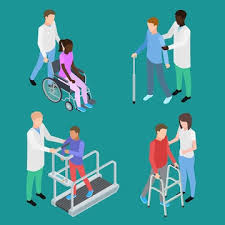

Mission
“Leprosy-free India” is the vision of the NLEP.
The NLEP’s mission is to provide quality leprosy services free of cost to all sections of the population, with easy accessibility, through the integrated healthcare system, including care for disability after cure of the disease.
Objectives of NLEP
To reduce Prevalence rate less than 1/10,000 population at sub national and district level.
To reduce Grade II disability % < 1 among new cases at National level.
To reduce Grade II disability cases < 1 case per million populations at National level.
Zero disabilities among new Child cases.
Zero stigma and discrimination against persons affected by leprosy.







